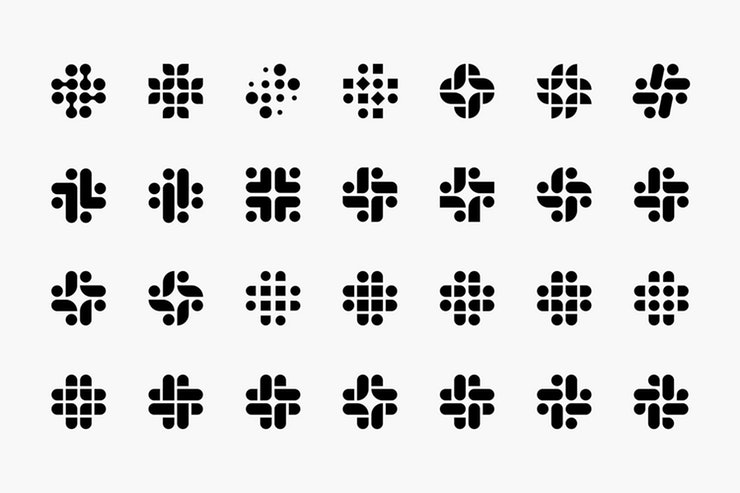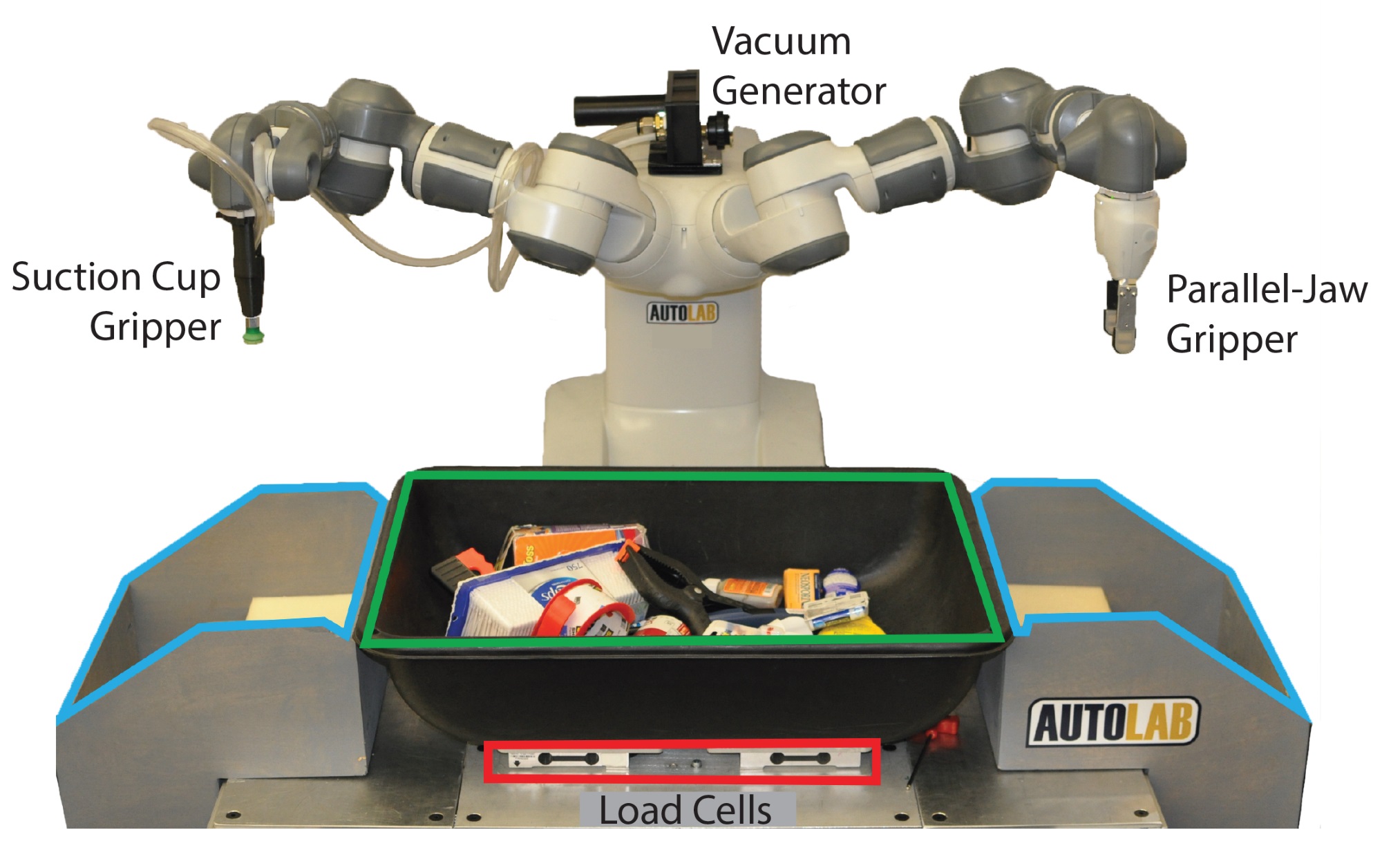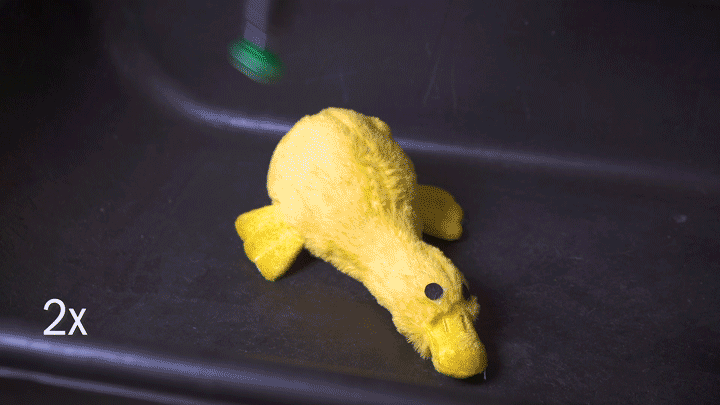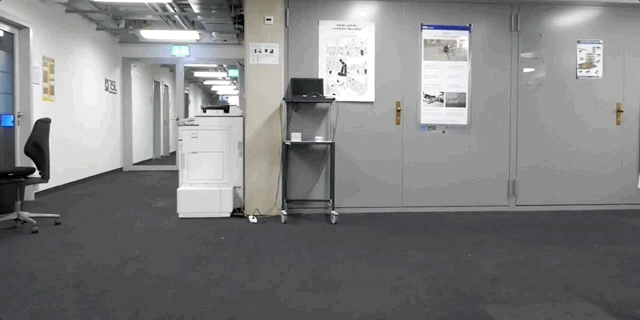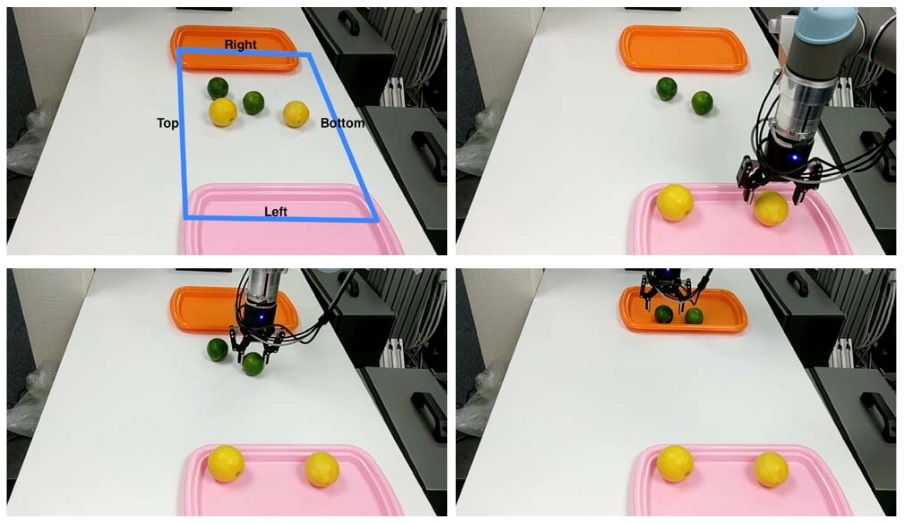Local TV broadcasting company Sinclair Broadcast Group today announced the launch of a new streaming service called STIRR that aims to bring local TV news and other content to the growing number of cord cutters across the U.S. The company today owns more than 190 TV stations, which it’s leveraging in order to create its own “skinny bundle.” However, unlike TV streaming services such as Sling TV, PlayStation Vue, Hulu with Live TV or YouTube TV, for example, STIRR will be free and ad-supported instead of a paid subscription.
The service will offer access to national news, sports, entertainment and digital-first channels and a video-on-demand library in addition to its local content, which serves as the anchor for the new service.
In a special channel called STIRR CITY (yes, all caps), the service will stream a curated, 24/7 program lineup based on where the viewer lives. This will include local news, local and regional sports, entertainment and city-focused lifestyle programming from the local Sinclair TV station in that city.
STIRR CITY joins other original channels developed for the service, including STIRR Movies (for some reason, no caps), STIRR Sports and STIRR Life.
STIRR Sports and Life will offer locally focused programs, we’re told. For example, the Sports channel may show high school football, and the Life channel might show a local lifestyle show like “Seattle Refined.” When local content isn’t available, the channels will be fleshed out with content aggregated from other networks on STIRR.
STIRR Movies will also be aggregated content, but the company is exploring additional deals, we’re told.
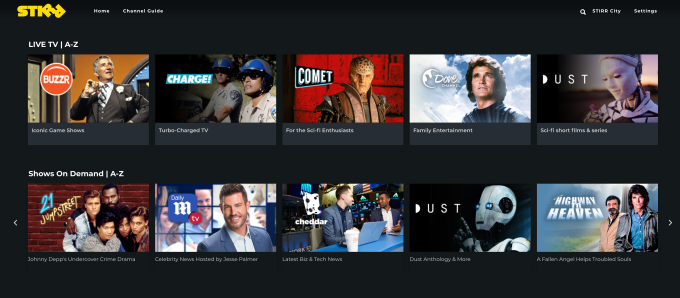
At launch, there are more than 20 national networks and digital-first stations available, but few are notable.
The list includes: BUZZR, Charge, Cheddar, Comet, CONtv, Dove Channel, DUST, FailArmy, Futurism, Gravitas, Mobcrush, MovieMix, NASA TV, Outdoor America, The Pet Collective, SOAR, Stadium, TBD, The T and World Poker Tour.
The company says it plans to grow its selection to more than 50 networks by the end of 2019.
It’s clear, however, that the network selection won’t be the draw here — it’s the local content.
Today, it’s still fairly difficult for cord cutters to access local programming. While consumers can use a digital antenna to capture over-the-air TV signals for free, it requires the installation of a not-very-aesthetically-pleasing antenna. (At least Amazon’s Fire TV Recast gives you the option of hiding the antenna in a back room so as not to junk up your entertainment center.)
But even with an antenna, signals can be hit-or-miss — some areas have poor reception, or are too far from the signal’s source for a good experience.
And while the new crop of live TV streaming services provide another means of accessing local channels, they are not free.
Plus, the live TV services include cloud DVRs, which subscribers use to record programs then skip the ads. STIRR doesn’t have a recording option, which may make it attractive to advertisers.
“Despite the explosive growth of new national over-the-top (OTT) services, local TV station’s programming, especially local news, has remained some of the most popular and desired content to audiences and advertisers alike,” said Adam Ware, STIRR’s General Manager, in a statement. “By creating the STIRR CITY channel format, local TV stations can now extend their programming strength to OTT,” he added.
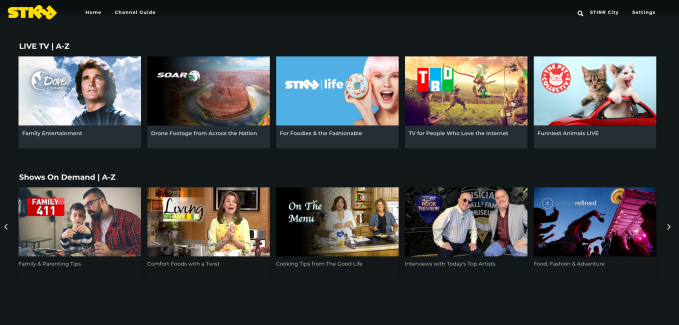
Ware also points out that STIRR will give advertisers a way to reach a different demographic that is no longer watching traditional TV.
“Local broadcast traditionally skews older. Streaming skews younger,” he tells TechCrunch. “This brings the two together for the first time,” he says.
STIRR’s ad sales will be coordinated between Sinclair Digital, OTT Compulse and Sinclair’s local stations. And its ad revenue is shared with content partners. (The company hasn’t ruled out a premium version that eliminates ads, we understand, but has nothing like that at launch.)
Also of note, you don’t have to live in a particular city to tune into its local programming via STIRR. That’s good, too, because STIRR doesn’t have a presence in all major metros. But it will suggest your closest markets when you load the app.
One caveat about STIRR: while local programming is available, STIRR won’t stream the prime time shows that these networks carry — you’ll still need your antenna or a paid streaming service for that. (Or, if you’re like a growing number of TV viewers, you don’t watch much network TV these days, in favor of streaming shows on Netflix and Amazon.)
In time, STIRR’s selection of content could be enhanced by more regional sports channels, as it’s a top bidder for those being sold by Disney and Fox. That could make the service more compelling.
STIRR is available for free on the web, iOS, Android, Amazon Fire TV, Apple TV and Roku.
*We’ve run into some launch bugs when testing STIRR, and have gotten page load errors when trying to access the Channel Guide. Hopefully these will smooth out in time as traffic stabilizes.


